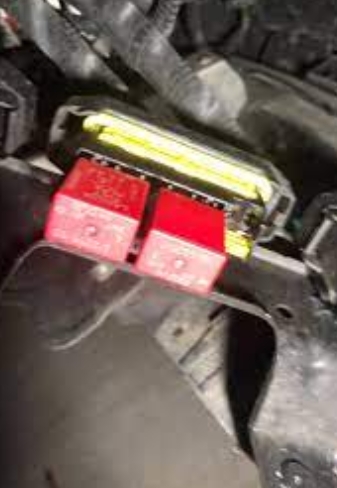When it comes to electrical work, ensuring the integrity of low voltage wiring is crucial for both safety and functionality. Whether you are a seasoned electrician or a DIY enthusiast, knowing how to effectively test low voltage wires with a multimeter can save you time, money, and potential hazards. In this post, we will delve into the intricacies of low voltage wire testing, providing you with a step-by-step guide, tips, and best practices to ensure accurate results.
Understanding Low Voltage Wiring
Low voltage wiring typically refers to electrical systems that operate at 50 volts or less. Common applications include landscape lighting, security systems, and telecommunications. Given the lower voltage levels, testing these wires requires precision and care to avoid damaging the components or causing inaccurate readings.
Tools Required
Before we dive into the testing process, it’s essential to gather the right tools. The primary tool for this task is a multimeter, which can measure voltage, current, and resistance. Here’s what you’ll need:
- Digital Multimeter (DMM): Ensure it has a low voltage setting.
- Test Leads: Good quality leads are essential for accurate readings.
- Wire Strippers: For exposing wire ends if necessary.
- Safety Gear: Gloves and safety glasses to protect yourself during testing.
Step-by-Step Guide to Testing Low Voltage Wire
Step 1: Safety First
Before you begin testing, ensure that the power to the circuit is turned off. This is crucial to prevent electrical shock and ensure accurate readings. Use a non-contact voltage tester to confirm that there is no voltage present in the wires.
Step 2: Set Up Your Multimeter
- Select the Correct Mode: Turn your multimeter dial to the appropriate setting for the type of measurement you want to take. For voltage testing, select the DC voltage setting if you are testing a DC circuit, or AC voltage for an AC circuit.
- Range Selection: If your multimeter is not auto-ranging, select a range that exceeds the expected voltage of the low voltage wire.
Step 3: Connect the Multimeter
- Insert Test Leads: Plug the black lead into the COM (common) port and the red lead into the VΩmA port of the multimeter.
- Access the Wire: If necessary, use wire strippers to expose the ends of the wire you wish to test.
- Make the Connection: Touch the black lead to the ground or negative terminal and the red lead to the positive terminal of the wire.
Step 4: Take the Measurement
Observe the reading on the multimeter display. For low voltage systems, you should expect to see a voltage reading that corresponds to the system specifications. If the reading is significantly lower than expected, this may indicate a problem such as a short circuit, open circuit, or degraded wire.
Step 5: Testing Continuity
To ensure that the wire is intact and there are no breaks, you can perform a continuity test:
- Switch to Continuity Mode: Change the multimeter setting to continuity (often indicated by a sound wave symbol).
- Connect the Leads: As before, connect the black lead to one end of the wire and the red lead to the other end.
- Listen for the Beep: A continuous beep indicates that the wire is intact. If there is no sound, the wire may be broken or damaged.
Troubleshooting Common Issues
- No Voltage Reading: If you receive a zero or very low voltage reading, check the connections and ensure the circuit is powered. Inspect for any visible damage to the wire.
- Inconsistent Readings: Fluctuating readings may indicate a loose connection or corrosion at the terminals. Inspect and clean the connections as necessary.
- Continuity Failures: If the continuity test fails, consider replacing the wire or repairing any damaged sections.
Best Practices for Low Voltage Wire Testing
- Regular Maintenance: Periodically test low voltage wiring to catch potential issues early.
- Document Readings: Keep a log of your measurements for future reference and troubleshooting.
- Use Quality Equipment: Invest in a reliable multimeter and quality test leads to ensure accurate readings.
Conclusion
Testing low voltage wires with a multimeter is a fundamental skill that can enhance your electrical troubleshooting capabilities. By following the steps outlined in this guide, you can ensure that your low voltage systems are functioning correctly and safely. Remember, safety should always be your top priority, so take the necessary precautions before conducting any tests. With practice, you will become proficient in diagnosing and resolving issues within low voltage wiring systems, ultimately leading to more efficient and reliable electrical installations.
